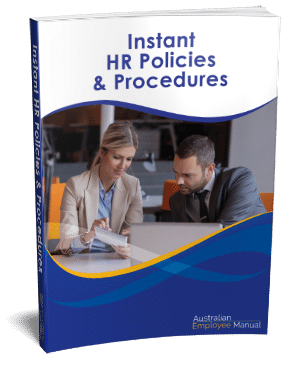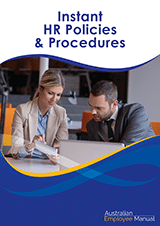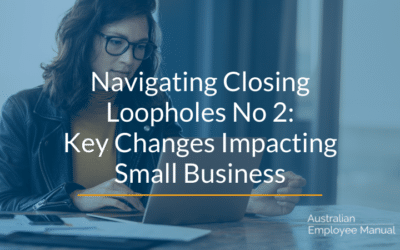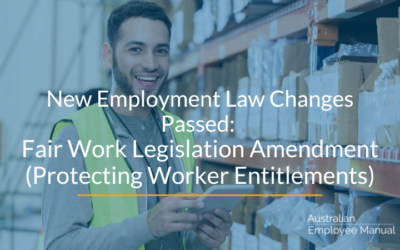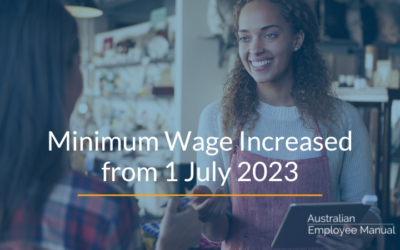The Australian government has recently passed new legislation that will change how paid parental leave (PPL) works for working parents and their employers. The changes will take effect from July 2023.
The changes to the PPL scheme are part of the government’s efforts to improve the outcomes for families and gender equality in Australia. By being aware of these changes and supporting your employees who are taking PPL, you can help them achieve a better work-life balance and contribute to a more inclusive and productive workplace.
Here are some of the key changes and what they mean for small business employers:
If you are a birth mother or the first adoptive parent, you can pre-claim Paid Parental Leave up to 3 months before your child’s birth or adoption. Other parents need to wait until 1 July 2023 to take advantage of the changes to the scheme.
From 1 July 2023, the new PPL scheme will combine the existing Parental Leave Pay (PLP) for primary caregivers and the Dad and Partner Pay (DPP) for secondary caregivers into a single, flexible and shareable benefit of 20 weeks (100 days). This is available until the child turns 2.
This means that both parents can access the same amount of PPL, regardless of their gender or relationship status, and can share it between them as they wish.
There are changes to income limits to access the scheme, with single or partnered people able to access the scheme provided their combined family income is less than $350,000.
The new PPL scheme will also remove the categories of primary, secondary and tertiary claimants and the requirement that the primary claimant of PLP must be the birth parent. This will allow more parents to access PPL, such as adoptive parents, foster parents, same-sex parents and parents who use surrogacy or assisted reproductive technology.
The new PPL scheme will reserve two weeks of the PPL entitlement for each parent on a ‘use it or lose it’ basis. These days may be taken at the same time by each parent. This is designed to encourage more fathers and partners to take PPL and share the caring responsibilities with the mothers and primary caregivers.
The new PPL scheme will also introduce more flexibility in how parents can use their PPL entitlement. Parents will be able to take their PPL in blocks of one day or more, rather than in one continuous period. This will allow parents to balance their work and family commitments more easily and maintain their connection with their employers.
Additional legislation will be introduced to Parliament to extend the PPL entitlement to 22 weeks from July 2024 and to 26 weeks from July 2026.
What do you need to do now
As a small business employer, you will need to be aware of these changes and how they may affect your employees and your business.
Here are some of the things you will need to do:
Update your policies and procedures to reflect the new PPL scheme and communicate them to your employees.
You may need to review your existing parental leave policies, contracts, agreements and entitlements to ensure they are consistent with the new PPL scheme and do not disadvantage your employees.
(Our HR Policies suite has already been updated to reflect the changes).
Provide support and information to your employees planning to take PPL or are already on PPL.
You may need to help your employees understand their eligibility, entitlement and options under the new PPL scheme and how to apply for it.
You may also need to assist them with their PPL arrangements, such as agreeing on the timing and duration of their PPL and managing their workload and handover.
Be flexible and accommodating of your employee’s PPL requests and preferences, as long as they meet the eligibility and notification requirements, and provide them with a smooth and supportive transition back to work, such as offering flexible work arrangements, part-time work, job-sharing or working from home options.
Remember to respect your employee’s rights and entitlements under the PPL scheme and the Fair Work Act 2009 and not discriminate against or disadvantage them because of their PPL
Comply with your obligations as an employer under the new PPL scheme.
Services Australia is the government agency that manages the PPL payment system. They assess the parents’ eligibility who claim PPL and determine the amount and duration of their payment. They also provide funds to employers who are required to pay PPL to their employees.
If the eligible employee meets specific criteria, then the employer pays the PPL to the employee through their payroll system. If the employee does not meet the criteria, they are paid their PPL by Services Australia.
If you are responsible for paying your eligible employees their PPL, you will pay their PPL in the same way and at the same frequency as their regular pay cycle.
You need to withhold tax from the employee’s PPL under the PAYG system and report it to the Australian Taxation Office (ATO).
You are not required to pay superannuation, leave entitlements or other benefits on the employee’s PPL unless you have an agreement or policy to do so.
You must keep accurate records of their PPL payments and leave and provide them to Services Australia or the ATO if requested.
If you are not required to pay PPL for an eligible employee, Services Australia will pay the employee directly. However, you still have obligations to support your employees who are taking PPL, such as:
- Providing them with unpaid parental leave for up to 12 months or longer if agreed.
- Keeping their job or an equivalent position for them when they return from leave.
- Not discriminating or disadvantaging them because of their PPL.
- Allowing them to use ‘keeping in touch’ days to stay connected with the workplace during their leave.
In conclusion, the changes to paid parental leave policies have the potential to impact small businesses. While it may be a challenge to navigate the new regulations, it is important to remember the benefits these policies can bring to your employees and your business as a whole.
By staying informed and proactive, small businesses can adapt to these changes and create a positive work environment for their employees.
For more information on the new PPL scheme, visit the Services Australia website or the Fair Work Ombudsman website.
